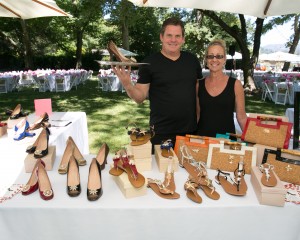How do you create a wine culture where none exists? South Koreans have had a long history of a drinking culture, favoring Soju, a distilled spirit similar to vodka but very cheap. Wine was not on the table, not even in five star restaurants or hotels as recently as the 1990s. That didn’t deter Hi Sang Lee. He is a very patient man.
He wanted to share his newly found love of fine wine with friends in Korea. Lee’s wine moment happened on a ski trip with friends in Stowe, Vermont. Up to this point Lee really wasn’t a drinker. One of his wine loving friends opened some good French wine. “It was like paradise,” Lee says, and the wine bug bit. He began buying wine, storing it in a friend’s basement. But he had a problem. How to get it back home to South Korea? 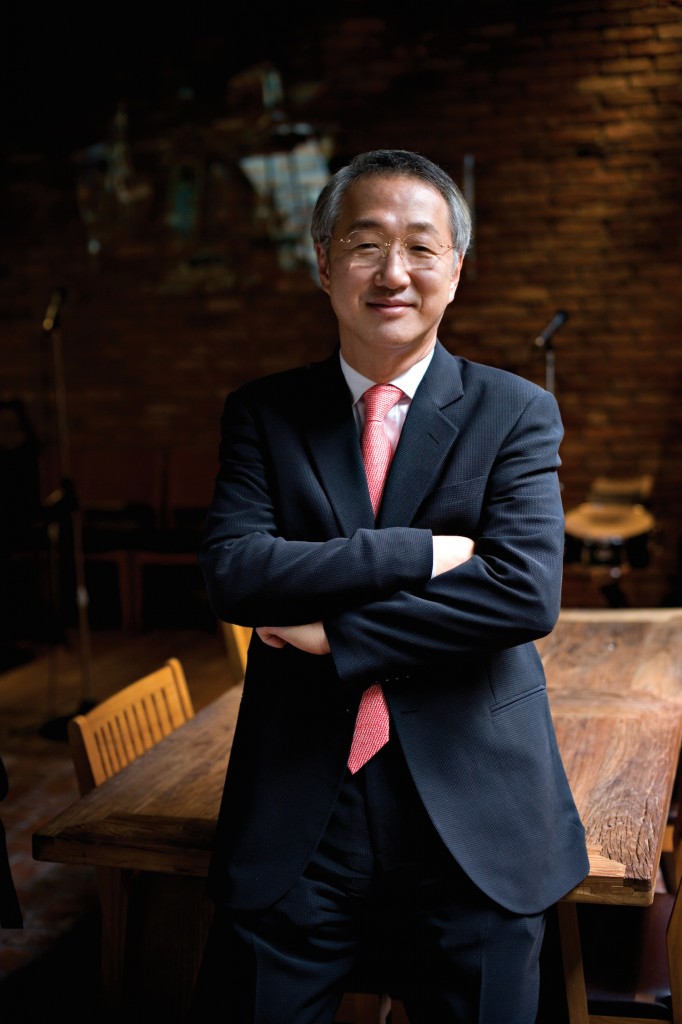 “So I started a wine import business,” he says, to bring in the wines he likes to drink. He named it Nara Cellar. This was in the early 1990s, and while there were a couple other wine importers in the country, Lee was the most ambitious. Once he tasted Napa Valley wines, he knew he wanted to have them, especially the Cabernets, in his portfolio. He started knocking on the doors of vintners, some of them the biggest names in the business. No one would meet with him, and all turned him down, saying they didn’t have enough wine to sell him and they didn’t feel Korea was a significant wine market.
“So I started a wine import business,” he says, to bring in the wines he likes to drink. He named it Nara Cellar. This was in the early 1990s, and while there were a couple other wine importers in the country, Lee was the most ambitious. Once he tasted Napa Valley wines, he knew he wanted to have them, especially the Cabernets, in his portfolio. He started knocking on the doors of vintners, some of them the biggest names in the business. No one would meet with him, and all turned him down, saying they didn’t have enough wine to sell him and they didn’t feel Korea was a significant wine market.
Mr. Lee did not give up. He found another way in, through the annual trade auction Premiere Napa Valley. “I came to Premiere to get some attention from the winery owners,” he says. “I would bid on the wine but I also had the chance to meet the winemakers, have dinner with them. That was the only way to meet the owners and bring their wines to Korea, so I did that for many years.” It actually took ten years before Mr. Lee was able to sign his first Napa vintner, Joseph Phelps. “Tom Shelton who was the president of Joseph Phelps for many years introduced me to many neighbors,” he says.
“When you see each other you can’t say no.” adds Jae Chun, president of Dana Estates. “Once Mr. Lee meets them they never say no.” But there is still one holdout – Marcassin Vineyards, whose wines are made by superstar winemaker Helen Turley. “I would like to bring Marcassin to Korea,” says Mr. Lee. “It is one of my favorite wines. So I signed up for their mailing list.” As I said, Mr. Lee is one persistent and patient man. I have no doubt Marcassin will join the Nara Cellar portfolio.
The list of wineries that Nara imports from Napa and Sonoma to South Korea is full of other heavy hitters, including Harlan, Bond, Contiuum, Staglin, Caymus, Duckhorn, Dominus, Screaming Eagle, Shafer, Peter Michael, Flowers and Kosta Browne. By the beginning of the 21st century Mr. Lee has Napa Valley wines he’s importing into his country.
So how do you start a wine culture in South Korea? You give out wine keys and wine glasses. No one knew how to open wine, let alone how to use a wine key, or what’s commonly called a waiter’s corkscrew. Restaurants didn’t have wine glasses, so Lee imported glasses, and when he would dine at restaurants, he’d give them free glasses. Once the restaurants had wine glasses, it was easier for them to start offering wine on the menu.
Call Lee the Robert Mondavi of South Korea, paving the way for other wineries and winemakers to establish a foothold and a following in the market. Wine education is very important to him, so much so that he’s established a wine mecca at Podo Plaza in Seoul. It’s food and wine central, seven floors devoted to wine and culinary arts, where every visiting vintner ends up to do wine tastings or lead classes. He feels winemaker visits to Seoul are very important, offering winemakers a chance to meet their customers at lunches and dinners and lead tastings and seminars, making personal connections with each.
Even with all the success in importing Napa Valley wines to Korea, something was missing. Mr. Lee wanted to create his own wine, the best wine he could make from the best vineyard sites in the valley. Through an introduction he met John and Diane Livingston, the owners of the Livingston Moffet vineyard in Rutherford, a vineyard with a storied history dating from 1883. The original owner was a German vintner, H. W. Helms. Mr. Lee bought the property, which included the ruins of the original winery in 2005. “We would love to know what kind of wines Mr. Helms made,” says Dana Estates Vice President Pete Perry. “There’s no record that we’ve been able to discover.” 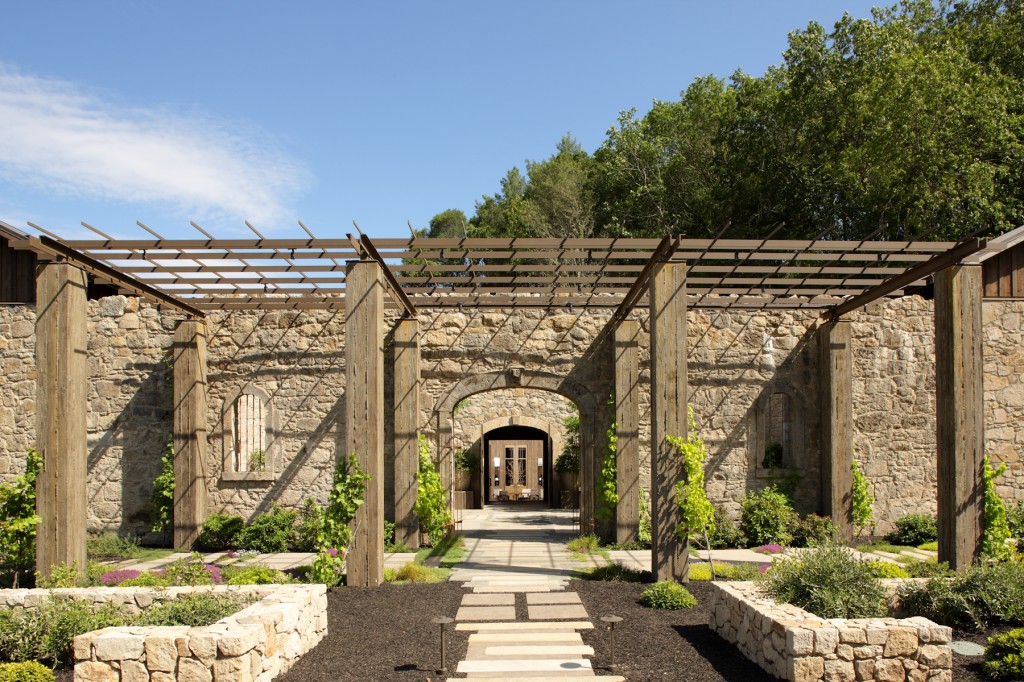 Having a deep respect for history and tradition, Lee proceeded to build a new winery around the ruins, bringing in wine country’s celebrity architect Howard Backen to create the transformation to a serene yet modern winemaking facility.
Having a deep respect for history and tradition, Lee proceeded to build a new winery around the ruins, bringing in wine country’s celebrity architect Howard Backen to create the transformation to a serene yet modern winemaking facility.
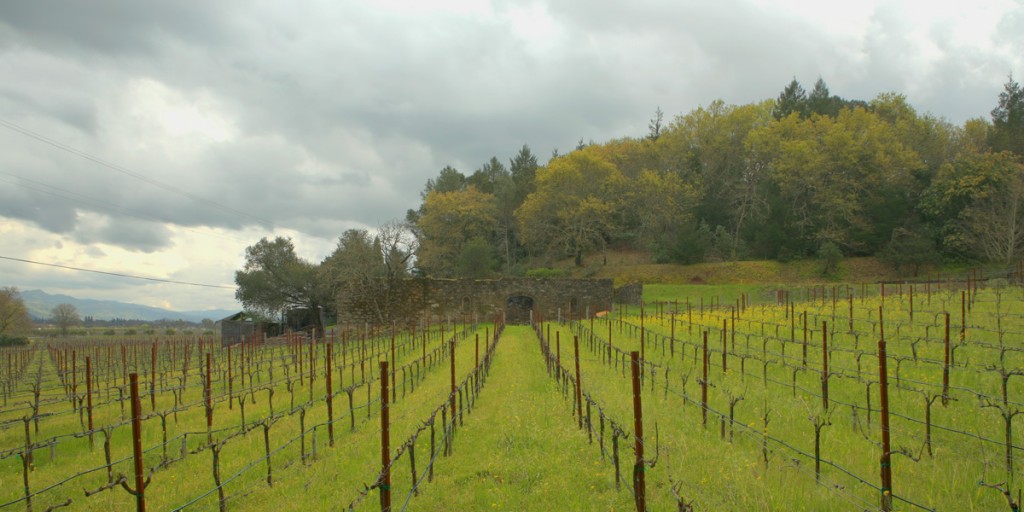
The Dana Estates winery sits in the middle of the Helms Vineyard, named for the first vintner to plant grapes in this area of the Rutherford AVA. The name Dana [pronounced Donna] in Korean means “generosity of spirt,” a fitting name given Lee’s commitment to helping others in both his native country and in Napa Valley through a variety of fundraising efforts. At Auction Napa Valley 2013, Lee’s live auction lot, a trip to South Korea, was so popular he added a second trip on the spot. The total auction take, $1.02 million, the top lot of the day.
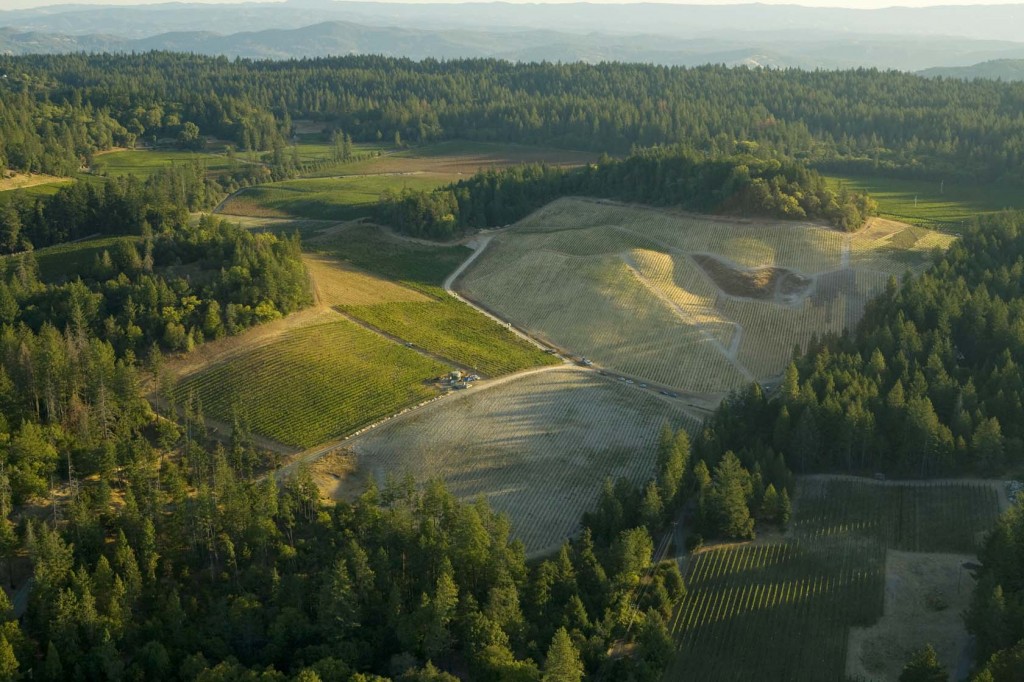
In 2006 Lee added two vineyards to the Dana portfolio – the Hershey Vineyard on Howell Mountain at 1800 ft. elevation, and Lotus Vineyard, also on Howell Mountain, but below the elevation required for a Howell Mountain AVA. Dana produces single vineyard Cabernet from each site. Lotus is the most extreme of the vineyards, with a steeply graded slope and full western exposure.
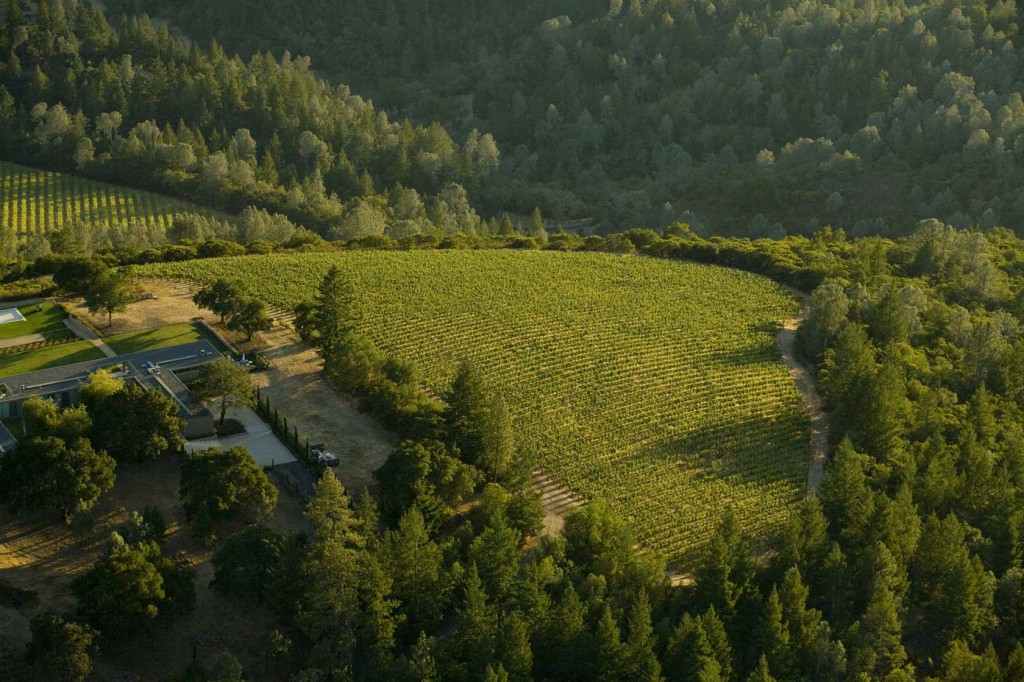
Lee and his team, which includes his son-in-law Jae Chun, President of Dana Estates, didn’t like the wines coming out of Lotus. But Lee and his director of winemaking, Philippe Melka, saw tremendous potential, where they could bump up against the limits of the extremes. “Mr. Lee and Jae very much have an incredible dedication to quality; they are always striving to make the best wines, and they constantly challenge me to push myself,” says Melka. The winery, where at the most 700 cases of wine from all three vineyards are produced, is set up to handle each vineyard individually. “Dana wines are very much about Asian precision,” Melka says. “We try to make wines with clean lines that are very pure and precise. 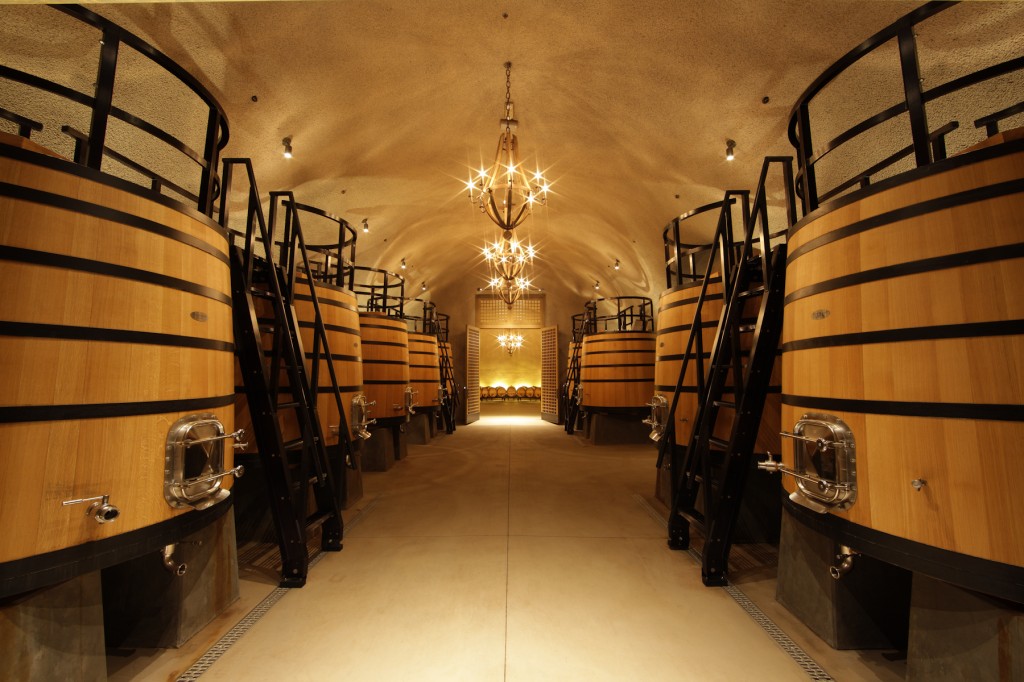 To that end, Helms Cabernet is vinified in upright oak fermenters, giving a longer mid palate. Almost all of Hershey is barrel fermented in small lots to help calm the gritty tannins of this mountain appellation wine. Lotus is fermented in concrete vessels, which help lift the fruit profile and integrate the tannins. Once in barrel, all new French oak, the wines rest for 18 to 24 months listening to classical music in a very peaceful environment. You won’t find stacked barrels here at Dana. Lee believes in disturbing the wines as little as possible, so that means no forklifts and no moving barrels around. Architect Backen designed the room to evoke the feeling of being inside a wine barrel.
To that end, Helms Cabernet is vinified in upright oak fermenters, giving a longer mid palate. Almost all of Hershey is barrel fermented in small lots to help calm the gritty tannins of this mountain appellation wine. Lotus is fermented in concrete vessels, which help lift the fruit profile and integrate the tannins. Once in barrel, all new French oak, the wines rest for 18 to 24 months listening to classical music in a very peaceful environment. You won’t find stacked barrels here at Dana. Lee believes in disturbing the wines as little as possible, so that means no forklifts and no moving barrels around. Architect Backen designed the room to evoke the feeling of being inside a wine barrel. 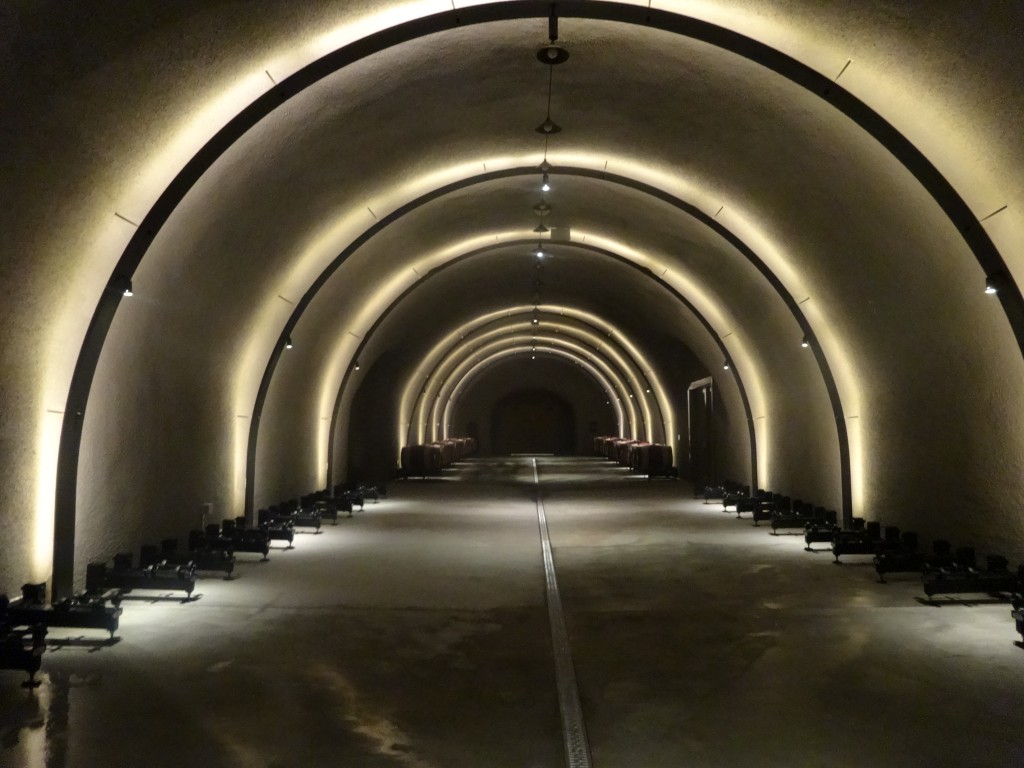 Perhaps the coolest innovation at Dana is the fermentation barrels with rollers. Instead of punching down the cap, or pumping over during fermentation, the barrels are rolled three times a day to mix the cap back into the fermenting wine. Melka and Dana winemaker Cameron Vawter believe this is the gentlest treatment possible. Believe it or not, Dana Estates wines are not for sale in South Korea. With production hovering around 500 cases on average, there’s simply not enough wine. “Mr. Lee could sell every bottle in Seoul,” Vawter says.
Perhaps the coolest innovation at Dana is the fermentation barrels with rollers. Instead of punching down the cap, or pumping over during fermentation, the barrels are rolled three times a day to mix the cap back into the fermenting wine. Melka and Dana winemaker Cameron Vawter believe this is the gentlest treatment possible. Believe it or not, Dana Estates wines are not for sale in South Korea. With production hovering around 500 cases on average, there’s simply not enough wine. “Mr. Lee could sell every bottle in Seoul,” Vawter says. 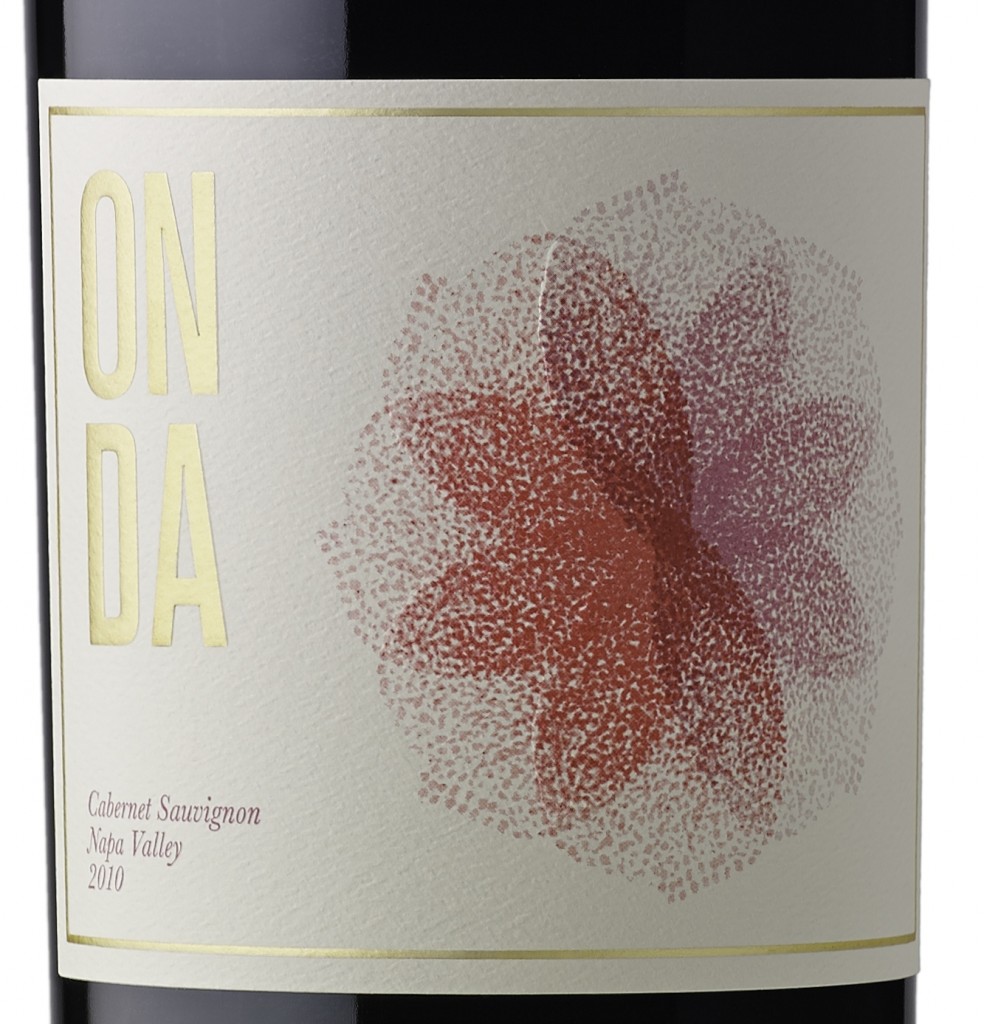 However, Lee has been selling a wine of his from Napa Valley called Onda in Korea, which is a Bordeaux blend of his three vineyards, and a fourth vineyard, Crystal Springs, also in Napa Valley. It will be available in the US beginning this spring for $175. In an ironic twist of fate, now people come to Lee asking him to represent their wines. He often has to tell them no. Mr. Lee has most certainly become “the guy you probably want to have a partnership with,” says Pete Perry. “He had to build from the ground up and he was relentless and persistent about coming back and cultivating relationships with the vintners.” Photos courtesy Dana Estates
However, Lee has been selling a wine of his from Napa Valley called Onda in Korea, which is a Bordeaux blend of his three vineyards, and a fourth vineyard, Crystal Springs, also in Napa Valley. It will be available in the US beginning this spring for $175. In an ironic twist of fate, now people come to Lee asking him to represent their wines. He often has to tell them no. Mr. Lee has most certainly become “the guy you probably want to have a partnership with,” says Pete Perry. “He had to build from the ground up and he was relentless and persistent about coming back and cultivating relationships with the vintners.” Photos courtesy Dana Estates


